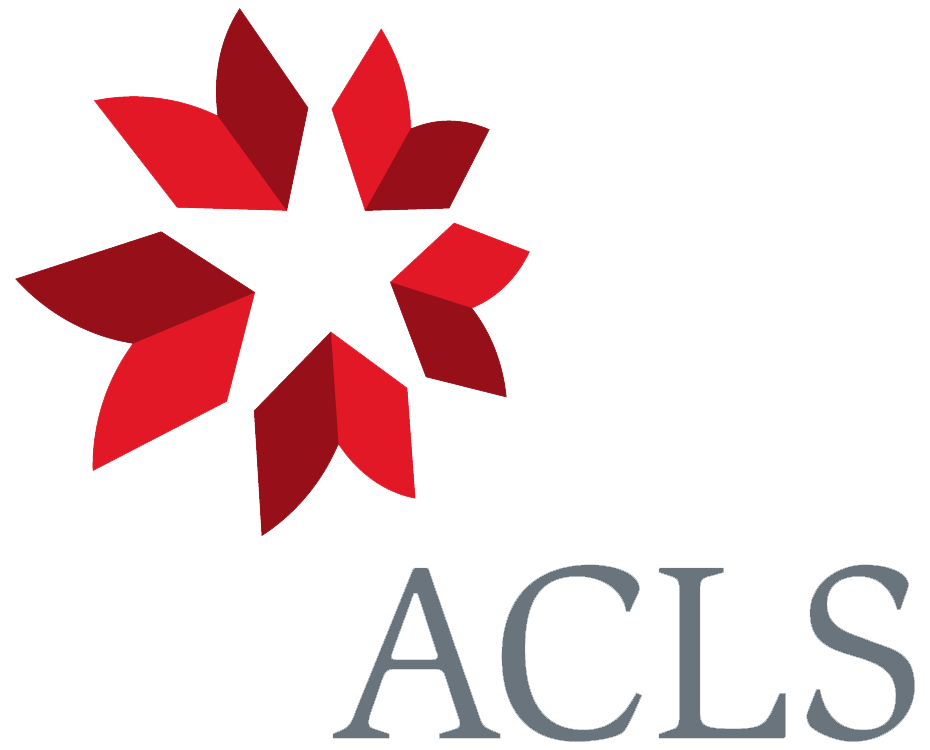Specialism|Experiment|Microscopes|Collecting|Theory
Letter writing is often seen as a part of scientific communication, rather than as integral to knowledge making. This section shows how correspondence could help to shape the practice of science, from the process of specialization, to the design of experiments, the use of instruments, the work of collecting, and the construction of theory. Darwin was not simply a gentleman naturalist and broad theorist. He actively participated in a number of scientific specialties, including geology, descriptive and taxonomic zoology, microscopy, and physiological botany, as well as pioneering other nascent fields such as animal ethology and child psychology. Working from home and sometimes on phenomena that had been little investigated, he had to design new experimental procedures and techniques, often using simple household materials. But he also corresponded with leading institutional practitioners, and availed himself of the most advanced laboratory methods and equipment. Darwin used letters as a speculative space, trying out theories and refining them in dialogue with constructive critics.
Specialism and Detail
Darwin is usually thought of as a gentleman naturalist and a scientific generalist, as his work ranged across and drew together different fields of knowledge. But Darwin also made substantial contributions to specialist subjects and acquired technical expertise in geology, zoology, and botany. He greatly valued the detailed work of specialists and drew upon it extensively throughout his career. Narrow, technical discussion was often the starting point for some of Darwin's most valuable and enduring contacts. His life-long friendship with Thomas Henry Huxley, for example, began with detailed correspondence about barnacles.
Letter 1514 - Darwin, C. R. to Huxley, T. H., 11 Apr [1853]
Darwin offers to send zoologist T. H. Huxley Ascidia specimens from the Beagle voyage. He describes some of them. He hopes Huxley will review his book [Living Cirripedia, vol. 1] which has been published for a year with no notice taken of it, except briefly by Dana. He discusses Limulus-like larva--"I have become a man of one idea. - cirripedes morning & night."
Letter 1480 - Darwin, C. R. to Huxley, T. H., 23 Apr [1853]
Letter 1587 - Darwin, C. R. to Huxley, T. H., 2 Sept [1854]
Darwin mentions that the second volume of Living Cirripedia is published. He asks Huxley's advice on presentation copies for continental naturalists. He compliments Huxley's review of Vestiges of creation in [Br. & Foreign Med.-Chir. Rev. 13 (1854)], but notes that he himself is almost as unorthodox on species as the author of Vestiges. He hopes he is not quite so unphilosophical. He hopes Agassiz was sounder on embryological stages than Huxley thinks.
Letter 1592 - Darwin, C. R. to Huxley, T. H., 13 Sept [1854]
Letter 1635 - Darwin, C. R. to Huxley, T. H., 20 Feb [1855?]
Experimental Practice
Experimentation in the nineteenth century was not confined to research laboratories. It often took place in domestic settings. Darwin used his house and garden as a site of experiment, often studying phenomena that had received little or no scientific attention before, such as the co-adaptive mechanisms of flowers and insects that assured cross-pollination, or the climbing habits of plants. One of Darwin's most important correspondents was the German naturalist and émigré to Brazil, Fritz Müller. Their letters often discussed the details and difficulties of botanical experimentation.
Letter 4895 - Darwin, C. R. to Müller, J. F. T., 20 Sept [1865]
Darwin thanks Müller for interesting letter on climbing plants. In what follows are details of experiments and observations, including Müller's view on Anelasma which he thinks seems probable.
Letter 5173 - Müller, J. F. T. to Darwin, C. R., 2 Aug 1866
Müller provides some observations on orchids and on some plants which seem to be dichogamous.
Letter 5429 - Müller, J. F. T. to Darwin, C. R., 4 Mar 1867
Müller reports observations on experiments on fertility of orchids he has self-pollinated and crossed with pollen of other species.
Letter 5480 - Müller, J. F. T. to Darwin, C. R., 1 Apr 1867
Müller cites cases of difference in coloration between the sexes of some species of Crustacea, annelids, and spiders. He discusses dimorphic plants and self-sterility, outlines some experiments involving the crossing of different species of orchids, and encloses extract from Carl Claus, Die freilebenden Copepoden [1863].
Letter 5551 - Darwin, C. R. to Müller, J. F. T., 26 May [1867]
Darwin thanks Müller for information on sexual differences. He talks about orchids; self-sterility and difficulty of getting seeds to germinate.
Using Microscopes
This collection of letters between Darwin and a variety of correspondents shows his perspective on the use and importance of the microscope.
Letter 207 - Darwin, C. R. to Fox, W. D., 23 May 1833
Darwin tells Fox to buy a microscope. He says invertebrate marine animals are his delight. The pleasure of working with a microscope ranks second only to geology.
Letter 1018 - Darwin, C. R. to Hooker, J. D., [6 Nov 1846]
Darwin tells Hooker, if he pays him a visit, to bring some work and if he has anything under his microscope, he will "take advantage of your wicked offer of assistance". The letter is full of observations on barnacles and he would like to meet Hooker in London.
Letter 1166 - Darwin, C. R. to Owen, Richard, [26 Mar 1848]
Darwin describes in detail to Owen his new microscope and its advantages over the one he used on the Beagle for dissecting. He suggests Owen might discuss the topic [in his contribution to J. F. W. Herschel, ed., Manual of scientific enquiry (1849)].
Letter 1167 - Darwin, C. R. to Henslow, J. S., [1 Apr 1848]
Darwin ends by suggesting that if Henslow is starting off a young naturalist with tools, he recommends him to Smith & Beck of 6 Colman St. City for a simple microscope. Darwin finds this microscope "wonderfully superior".
Letter 1174 - Darwin, C. R. to Hooker, J. D., 10 May 1848
Darwin discusses his barnacle work. He is confident of his species theory as result of applying it to cirripede sexual systems. He tells Hooker that he sent Owen an account of his new simple microscope, which he finds even better than Hooker's. He also mentions his new 18 object glass.
Collecting Specimens
Collecting specimens was an indispensable part of Darwin's scientific method. In this collection of letters, Darwin corresponds with a variety of people to secure specimens and information for his barnacle book.
Letter 1140 - Darwin, C. R. to Ross, J. C., 31 Dec 1847
Darwin asks Ross to collect cirripedes for him on Ross's forthcoming expedition to the Arctic in search of Sir John Franklin.
Letter 1262 - Darwin, C. R. to Hancock, Albany, [29-30 Oct 1849]
Darwin thanks Hancock for specimens of Alcippe. He comments on sketches by Hancock, on a cirripede paper by Lovén, and discusses Lithotrya and its burrowing habits.
Letter 1495 - Darwin, C. R. to Hancock, Albany, 25 Dec [1852]
Darwin discusses the capacity of some cirripedes to bore into rock and mentions Alcippe specimens borrowed from Hanocock. He asks Hancock to look at his collection to check on his suspicions.
Letter 1370 - Darwin, C. R. to Covington, Syms, 23 Nov 1850
Darwin thanks Covington for the box of cirripedes specimens. He thanks him for the trouble taken and is pleased with "one so rich from one locality". This one contains a new species of genus which, to Darwin's knowledge, only one specimen is known to exist in the world.
Letter 1251 - Darwin, C. R. to Gould, A. A., 20 Aug [1849]
Darwin thanks J. D. Dana for cirripede specimens. Darwin describes his work. He comments on Ibla. He would like to see Gould's notes and figures on Anatifa, and asks for references to cirripede descriptions by T. A. Conrad.
Theory and Practice
This collection of letters, written between Darwin and Hooker whilst Darwin was preparing his barnacle book and developing his species theory, provides some insight on how Darwin grappled with the fine balance between theory and practice in natural history.
Letter 1202 - Darwin, C. R. to Hooker, J. D., 6 Oct [1848]
Darwin writes to Hooker about his progress with barnacles. He is thinking about his species theory, but working on his barnacles. He describes "supplemental" males in detail. In working out metamorphosis, their crustacean homologies followed automatically. He also opposes appending first describer's name to specific name.
Letter 1220 - Hooker, J. D. to Darwin, C. R., 3 Feb 1849
Hooker sends Darwin "a yarn about species" in October mail. He notes that Darwin's complemental males in barnacles are wonderful. He warns Darwin at length to drop his battle about perpetuity of names in species descriptions.
Letter 1260 - Darwin, C. R. to Hooker, J. D., 12 Oct 1849
Darwin writes to Hooker about his species work and his barnacle work. He thinks his barnacles are becoming tedious. Careful description shows slight differences that constitute varieties, not species. He says that his approval of his plan for barnacle work over his theoretical species work had a great influence on him deciding on going on with the former and deferring the species paper.
Letter 1319 - Hooker, J. D. to Darwin, C. R., 6 & 7 Apr 1850
Hooker thinks Darwin is "too prone to theoretical considerations about species", but is pleased Darwin took up a difficult group like barnacles. Darwin's theories have progressed but Hooker is not converted.
Letter 1339 - Darwin, C. R. to Hooker, J. D., 13 June [1850]
Darwin writes to Hooker on barnacles and the species theory. He thinks that systematic work would be easy "were it not for this confounded variation, which however, is pleasant to me as a speculatist though odious to me as a systematist." He replies to the Hooker's remarks on the Himmalaya rubi willow's distinctness: "if my rude sketch had any small share in leading you to these observations, it has already done good & ample service, & may lay its bone in the earth in peace."


